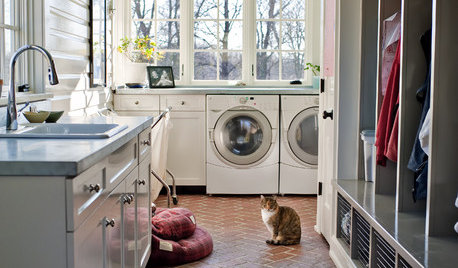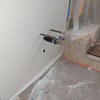flood from failed compression fitting w/pex
homebound
12 years ago
Featured Answer
Comments (27)
homebound
12 years agobrickeyee
12 years agoRelated Professionals
Arlington Handyman · Wood River Kitchen & Bathroom Remodelers · Minnetonka Mills Kitchen & Bathroom Remodelers · Auburn Kitchen & Bathroom Remodelers · Beaverton Kitchen & Bathroom Remodelers · Cocoa Beach Kitchen & Bathroom Remodelers · Fair Oaks Kitchen & Bathroom Remodelers · Galena Park Kitchen & Bathroom Remodelers · Kuna Kitchen & Bathroom Remodelers · Lyons Kitchen & Bathroom Remodelers · Pearl City Kitchen & Bathroom Remodelers · Port Arthur Kitchen & Bathroom Remodelers · Saint Helens Kitchen & Bathroom Remodelers · Princeton Kitchen & Bathroom Remodelers · Ridgefield Park Kitchen & Bathroom Remodelersdan_martyn
12 years agobrickeyee
12 years agohomebound
12 years agoBilll
12 years agohomebound
12 years agojohn_jjlittle_com
12 years agojaysgarden
12 years agoUser
12 years agolazypup
12 years agoBilll
12 years agolazypup
12 years agozino241
12 years agoUser
12 years agoasolo
12 years agoUser
12 years agoasolo
12 years agotenacre
9 years agoLindsey Reiss
6 years agoUser
6 years agoSusan McFarland
5 years agolast modified: 5 years agoTeresa Wright Dige
5 years agoSusan McFarland
5 years agoJoe Wendel
4 years agoFletcher Durbin
3 years ago
Related Stories

REMODELING GUIDESGet What You Need From the House You Have
6 ways to rethink your house and get that extra living space you need now
Full Story
KITCHEN DESIGNStandouts From the 2014 Kitchen & Bath Industry Show
Check out the latest and greatest in sinks, ovens, countertop materials and more
Full Story
MOST POPULAR15 Remodeling ‘Uh-Oh’ Moments to Learn From
The road to successful design is paved with disaster stories. What’s yours?
Full Story
LAUNDRY ROOMSGet More From a Multipurpose Laundry Room
Laundry plus bill paying? Sign us up. Plus a potting area? We dig it. See how multiuse laundry rooms work harder and smarter for you
Full Story
BEFORE AND AFTERSA Boston Kitchen and Bath Go From Dreary to Darling
See how a $25,000 renovation budget gave 2 outdated spaces in a small Massachusetts apartment a brand-new look
Full Story
ARCHITECTURERoots of Style: The Eclectic American Foursquare
The turn-of-the-20th-century style transitioned U.S. residential architecture from the Victorian era to the modern age
Full Story
BATHROOM DESIGNWater Damage Spawns a Space-Saving Bathroom Remodel
A game of inches saved this small New York City bathroom from becoming too cramped and limited
Full Story
GREEN BUILDINGHow to Harvest Rainwater for Your Garden
Conserve a vital resource and save money by collecting stormwater for irrigation in a barrel or tank
Full Story
LIGHTINGWhat to Know About Switching to LED Lightbulbs
If you’ve been thinking about changing over to LEDs but aren't sure how to do it and which to buy, this story is for you
Full Story
HOUZZ TOURSHouzz Tour: Modern Addition for a Historic Bungalow
A 1927 redbrick home in a downtown historic neighborhood of Phoenix gets a metal-clad modern addition
Full Story







Kim Ferguson